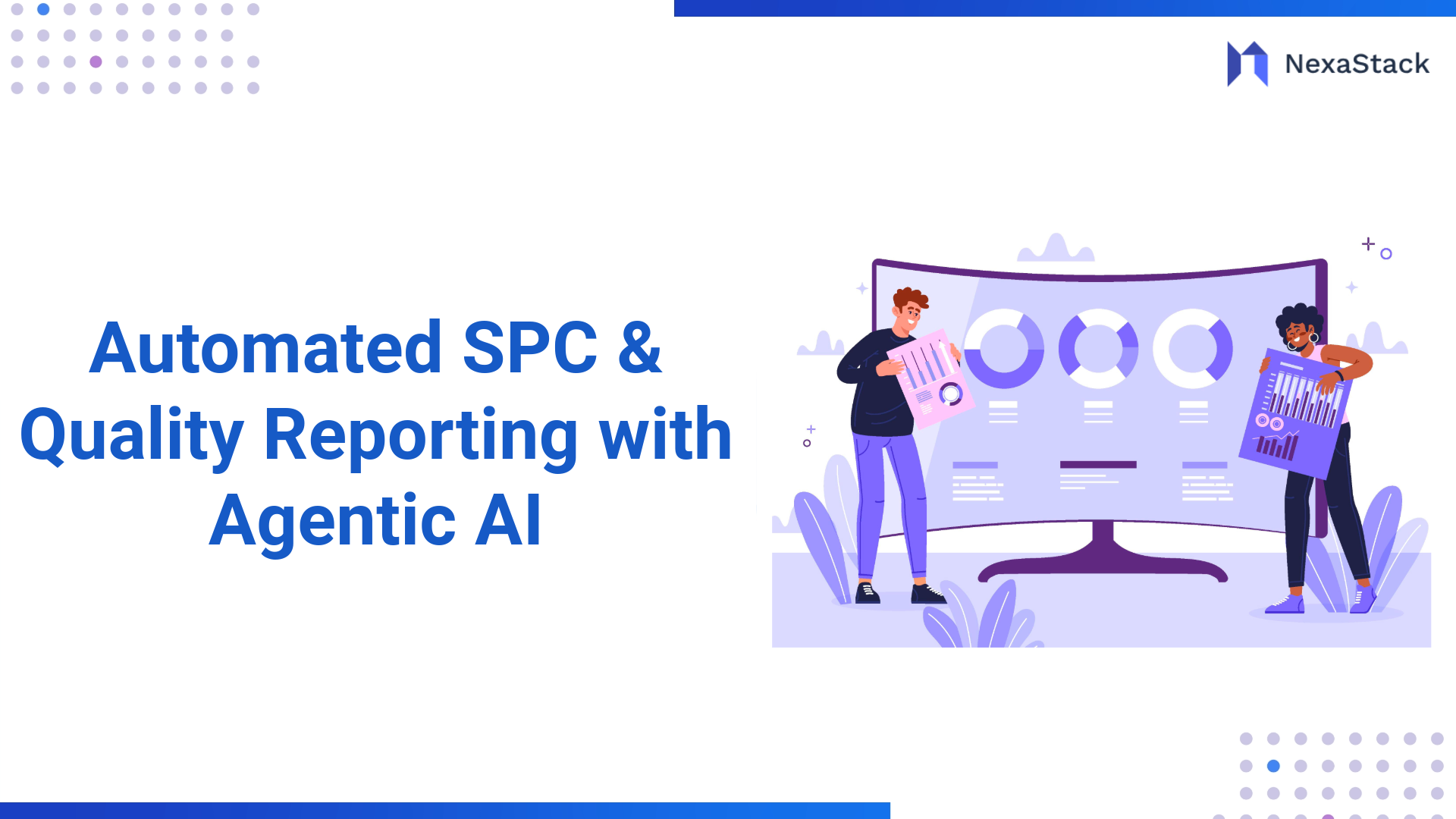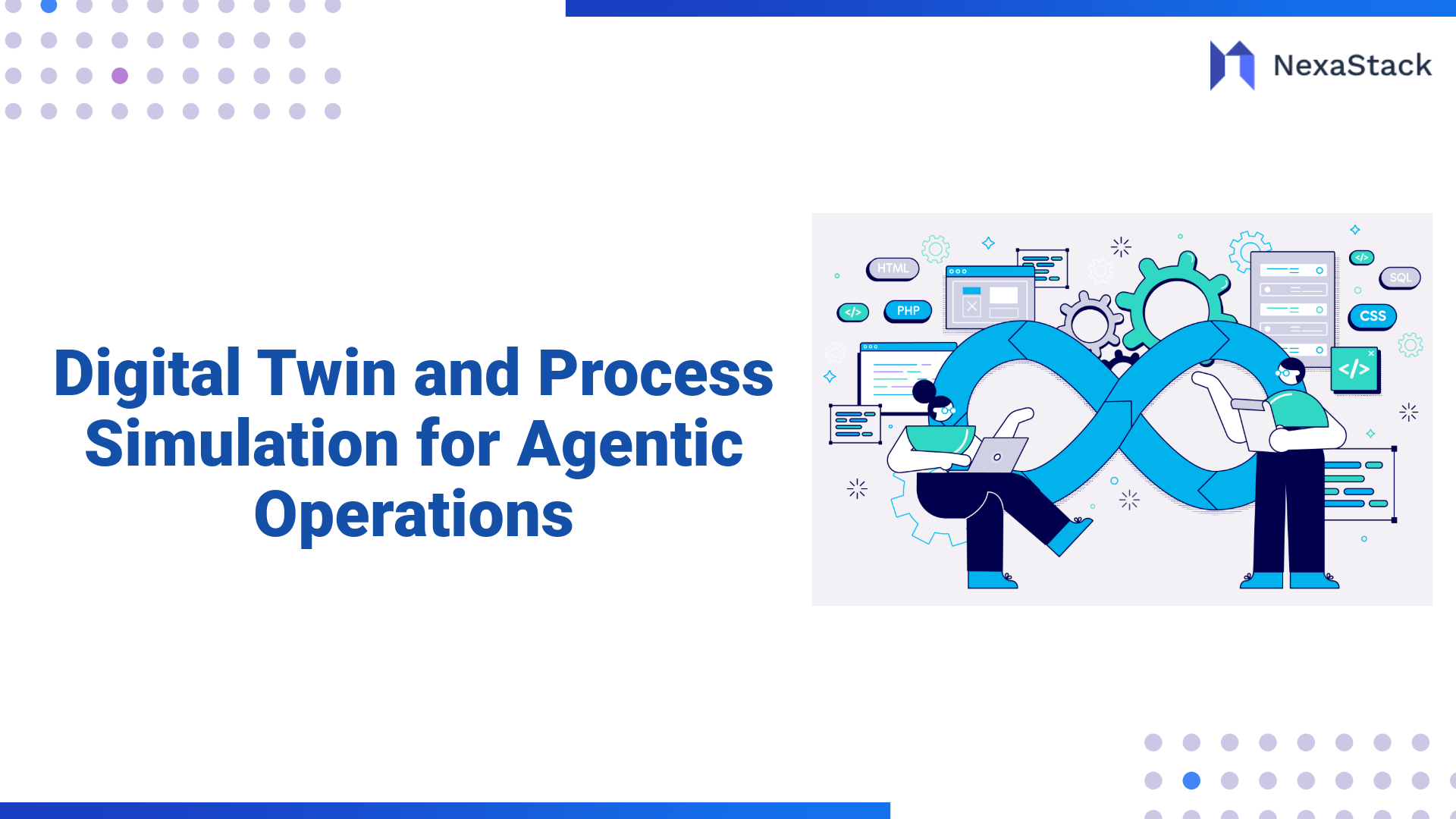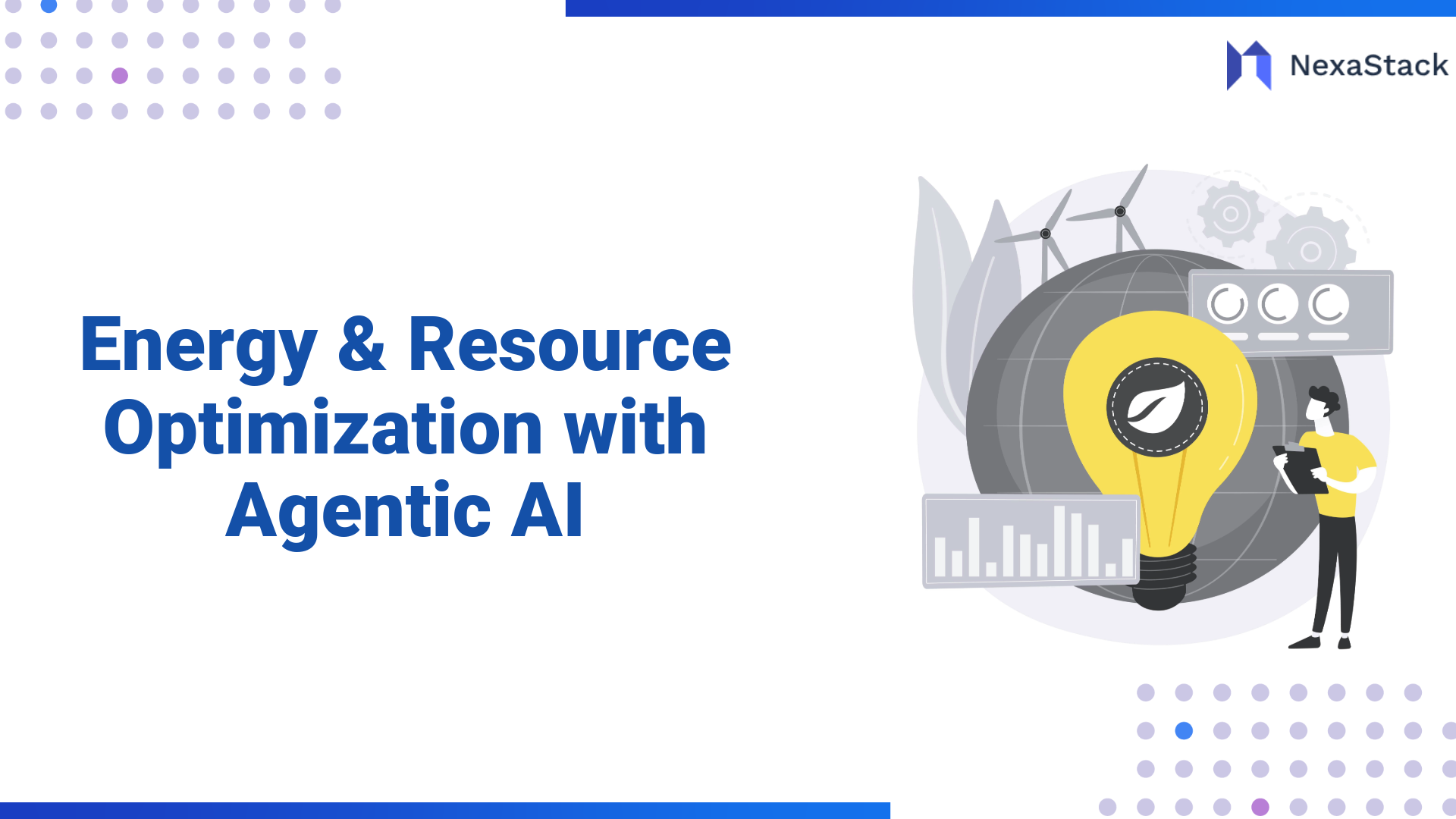Partner Solution
Solution Overview
The company implemented an Agent Analyst to enable Digital Twin modeling and process simulation.
-
Agent analyst: Builds high-fidelity process models, runs recipe simulations, and forecasts impacts on yield, throughput, and cycle time.
Together, these capabilities allow fabs to:
-
Simulate process recipes virtually before deployment.
-
Forecast the impact of recipe changes on production KPIs.
-
Identify potential bottlenecks, risks, or quality issues that may arise during the process.
-
Provide actionable insights for recipe optimization and continuous improvement.

Targeted Industries
|
Industry |
Use Cases |
Value Delivered |
|
Semiconductors & High-Tech |
Wafer fabs, cleanroom robotics |
Faster recipe validation, reduced yield risk, optimized cycle time |
|
Pharmaceuticals |
Batch process modeling |
Risk-free testing of formula/process variations |
|
Chemicals & Materials |
Pilot plant simulations |
Predictive modeling, reduced waste |
Recommended Agents
- Agent analyst → Builds digital process models, simulates recipe changes, and forecasts production outcomes.
Solution Approach
-
Process Modeling
The agent analyzes MES, equipment, and historical yield data to build accurate digital twin models of fab processes.
-
Simulation & Forecasting
Engineers simulate recipe changes, batch variations, and process parameters in silico, predicting impacts on cycle time, yield, and defect rates.
-
Decision Support
Simulations provide quantitative outcomes, enabling faster and data-backed decision-making without interrupting live production.
Impact Areas
-
Model
Digital twins serve as the foundation for predictive and prescriptive simulations. -
Data
Unified MES, sensor, and equipment logs feed into models for richer, more accurate simulations.
Results and Benefits
Business Benefits:
-
Reduced the cost of recipe validation by 50%.
-
Accelerated recipe deployment cycles by weeks.
-
Improved yield forecasting accuracy.
-
Reduced operational risk and downtime.
Technical Benefits:
-
Scalable simulation of thousands of recipe variations.
-
Real-time integration with MES and equipment logs.
-
Secure, auditable digital twin models.
Customer Testimonial
“By deploying Agentanalyst.ai for Digital Twin simulation, we’ve eliminated the guesswork in recipe changes. We can test virtually, predict impacts, and roll out updates with confidence—saving both time and wafer cost while improving yield outcomes.”
Lessons Learned
-
Successful digital twin adoption requires deep integration with existing MES and equipment systems.
-
Simulation accuracy improves over time with continuous feedback from real production data.
-
Operator and engineer trust in models is critical to adoption.
Best Practices
-
Start with high-impact process steps before expanding fab-wide.
-
Maintain audit trails for all simulation runs and recipe changes.
-
Utilize simulation feedback loops to refine process models continually.
Future Plans
-
Extend digital twin models to complete fab-wide optimization.
-
Integrate with supplier and logistics simulations for end-to-end value chain visibility.
-
Embed autonomous agents for closed-loop recipe optimization.
Conclusion
By deploying Agent Analyst for digital twin and process simulation, the semiconductor manufacturer achieved faster recipe validation, reduced yield risk, and improved process agility. The solution minimizes operational risks, enables proactive decision-making, and positions the enterprise for advanced, model-driven, intelligent manufacturing.
Frequently Asked Questions (FAQs)
Get quick answers about Digital Twin, Process Simulation, and how they enable intelligent, real-time operational optimization.
What is a Digital Twin?
A digital twin is a virtual model of an object, system, or process that dynamically mirrors its real-world counterpart using real-time data.
How does a Digital Twin differ from a regular simulation?
Unlike static simulation, a digital twin maintains a continuous, two-way connection with its physical twin—updating and influencing both in real time.
What is process simulation in this context?
Process simulation models workflows, operations, and variables to forecast behavior and test changes before applying them to physical systems.
What are the benefits of combining Digital Twin and Process Simulation?
You get predictive insights, scenario testing, risk mitigation, continuous optimization, and reduced downtime.
How is this implemented in industrial environments?
Sensors, IoT, AI/ML, and analytics feed real-time and historical data into the twin model, enabling continuous synchronization and intelligent control.





